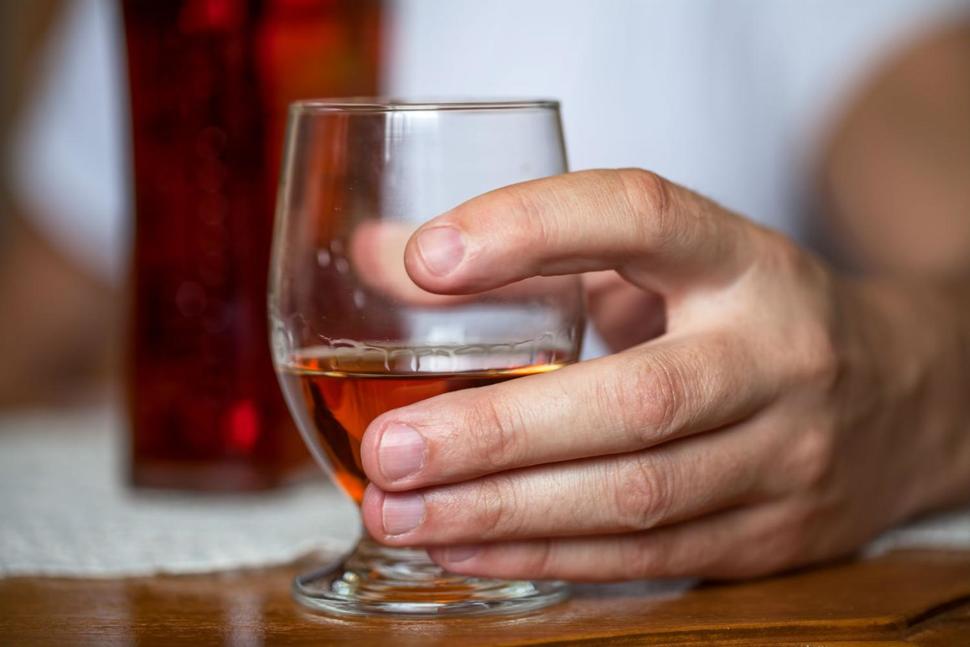
DEATHS FROM LIVER disease, especially among young people, have increased dramatically since 1999, according to new research.
A study published Wednesday in The BMJ examined deaths related to cirrhosis and liver cancer from 1999 to 2016. Researchers discovered that cirrhosis-related deaths increased 65 percent among men and women across all ethnicities, totaling 34,174. Deaths from liver cancer doubled to 11,073. Asians and Pacific Islanders was the only subgroup that saw a decrease in mortality from cancer.
According to the study, from 2009 to 2016, “the period of worsening death rates,” people aged 25 to 34 experienced the highest annual increase in cirrhosis-related deaths (10.5 percent), which was entirely fueled by alcohol-related liver disease. The researchers stated this finding is “reinforced by parallel changes in mortality due to alcohol use disorders and all alcohol-related liver disease.”
Deaths from cirrhosis rose the most among Native Americans, whites and Hispanics. They also rose the fastest in Southern and Western states, such as Kentucky, New Mexico, Arkansas, Indiana and Alabama. Additionally, men experienced twice as many deaths from cirrhosis as women.
Cirrhosis is the scarring of the liver, which prevents it from functioning properly. Common causes include heavy alcohol consumption and hepatitis.
RELATED CONTENT
Liver Cancer Is Spreading With Deadly Intent
Lead author and professor at the University of Michigan, Dr. Elliot Tapper, told CNN that an increase in binge-drinking culture among young people could be the cause of the rise in cirrhosis-related deaths. Tapper said he has been treating more young people with liver disease and that these deaths are preventable if the right measures are taken before it’s too late.
“We were struck by how the current concept of who develops cirrhosis didn’t quite match what we were seeing,” Tapper told CNN. “It was really striking to us to have people that were younger than us in our clinic dying from cirrhosis.”
Tapper suggests using blood tests to diagnose the disease and raising the price of alcohol.
